Picture this: you walk into a dog shelter or browse online puppy listings, your heart already melting at the adorable faces staring back at you. You imagine long walks, cozy cuddles, and loyal companionship. Yet for some dog breeds, that dream can quickly turn into an overwhelming reality of chewed furniture, behavioral challenges, and unexpected demands that test even the most patient pet parent.
Love isn’t always enough when it comes to dog ownership. Some breeds require more than just affection – they need experienced handlers, specialized care, and lifestyle adjustments that many families simply aren’t prepared for. Before you fall head over heels for those striking blue eyes or that fluffy coat, let’s dive into the breeds that might make you question your sanity before you question your love.
Siberian Husky – The Beautiful Escape Artist

Siberian Huskies aren’t the easiest dogs to handle despite their beauty and fun personalities. These intelligent and energetic dogs are well known for their “talkative” nature and tendency to throw tantrums when they aren’t getting their way.
These behaviors may be cute and funny initially, but they quickly become frustrating for inexperienced owners who don’t know how to work with these intelligent, strong-willed dogs. Siberian Huskies love being outside, so a spacious yard is a must-have, along with a secure fence due to their desire to run and Houdini-like ability to escape.
Huskies are far from being low-maintenance dogs. This high-energy breed requires a lot of exercise and is prone to bolting out the door. They are also very intelligent and skilled escape artists with a strong will that can lead them to ignore you in favor of doing whatever they want. If you have other pets, especially cats or smaller dogs, be mindful that Huskies have a very strong prey drive and may harm your other fur babies, and without lots of attention, they’re prone to chewing, digging, and howling.
Akita – The Noble Guardian With Trust Issues
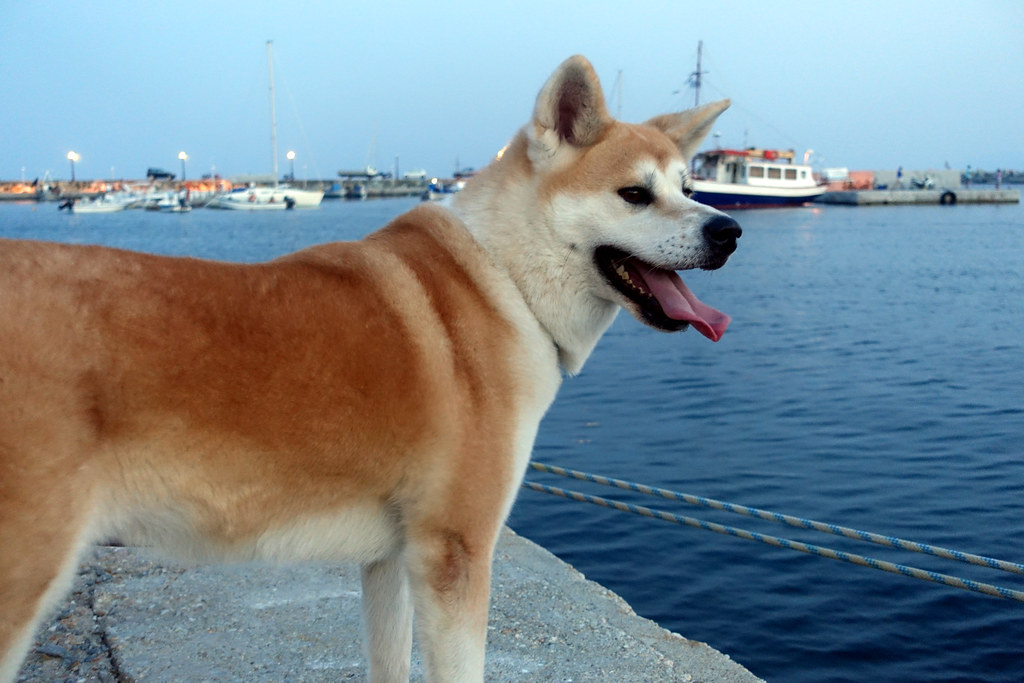
Akitas were bred to hunt big game, so they have a strong prey drive and can be aggressive if not adequately socialized and trained. Highly protective by nature, these dogs are often wary of strangers and do not always get along with other dogs. It takes an experienced pet parent to keep Akitas grounded and trained.
While Akitas can be deeply loyal to their families, they often struggle with strangers, other pets, and unpredictable situations. Their strong prey drive and stubborn nature make them difficult for inexperienced owners to manage. Without firm training and control, this breed’s temperament can become a serious risk.
The Akita is a large dog and is very powerful, with strong instincts to guard. They do like to be in control, and their temperament can also change very quickly – one minute, they can be calm and restful, and the next minute they can become aggressive. This breed should be carefully watched if you have children or other pets at home.
Chow Chow – The Aloof Lion in Dog’s Clothing
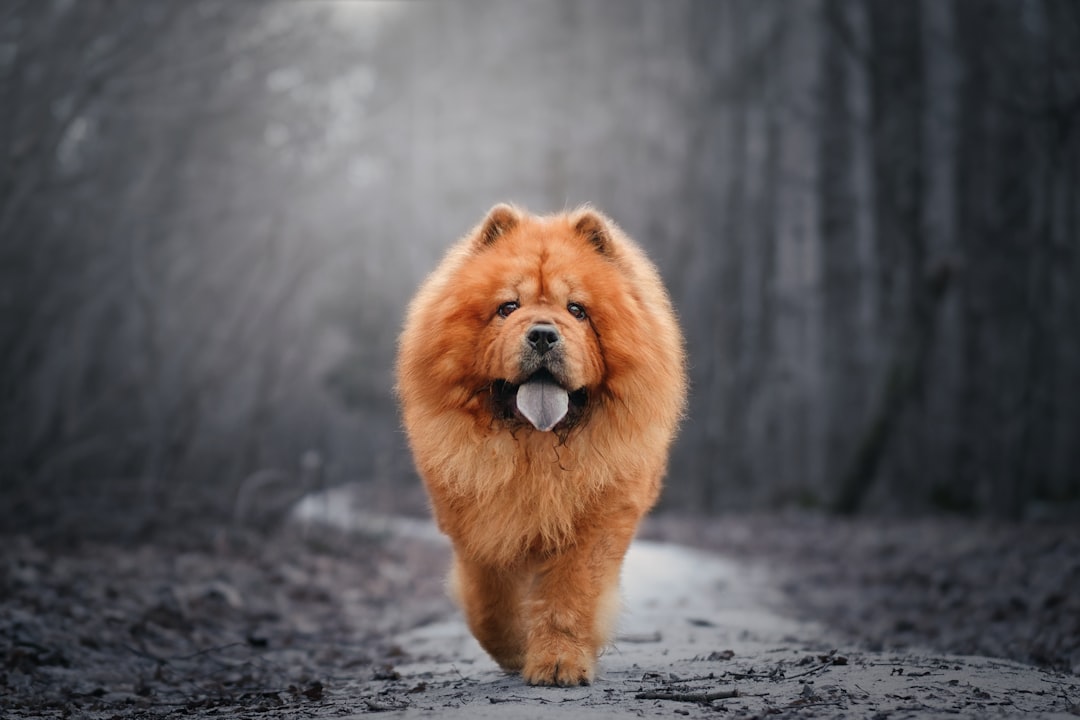
In looks and temperament, Chows are unique among dogs. Along with their trademark blue tongue, teddy bear appearance and scowl, Chows are also known for their aloofness and independence. Put simply, they’re “less eager to please than many other dog breeds.”
This dog with a peculiar blue tongue and teddy bear resemblance is not as sweet as it looks. This ancient breed of Northern China is a stubborn breed and as independent as a cat. It requires a lot of patience, consistency, and positive reinforcement when it comes to training.
Chow Chows have a strong natural desire for dominance, making them difficult to handle if not properly trained. Chow Chows are not your happy-go-lucky party dog! They require loads of socialization since they are naturally discerning towards strangers and quite aloof. Originally bred as guard dogs in China, Chow Chows carry strong protective instincts and their thick double coat demands constant maintenance to prevent mats and overheating. Owners often find their grooming needs more intense than expected, and combined with their stubborn side, even simple care tasks can sometimes become a battle.
Belgian Malinois – The Workaholic Who Never Clocks Out
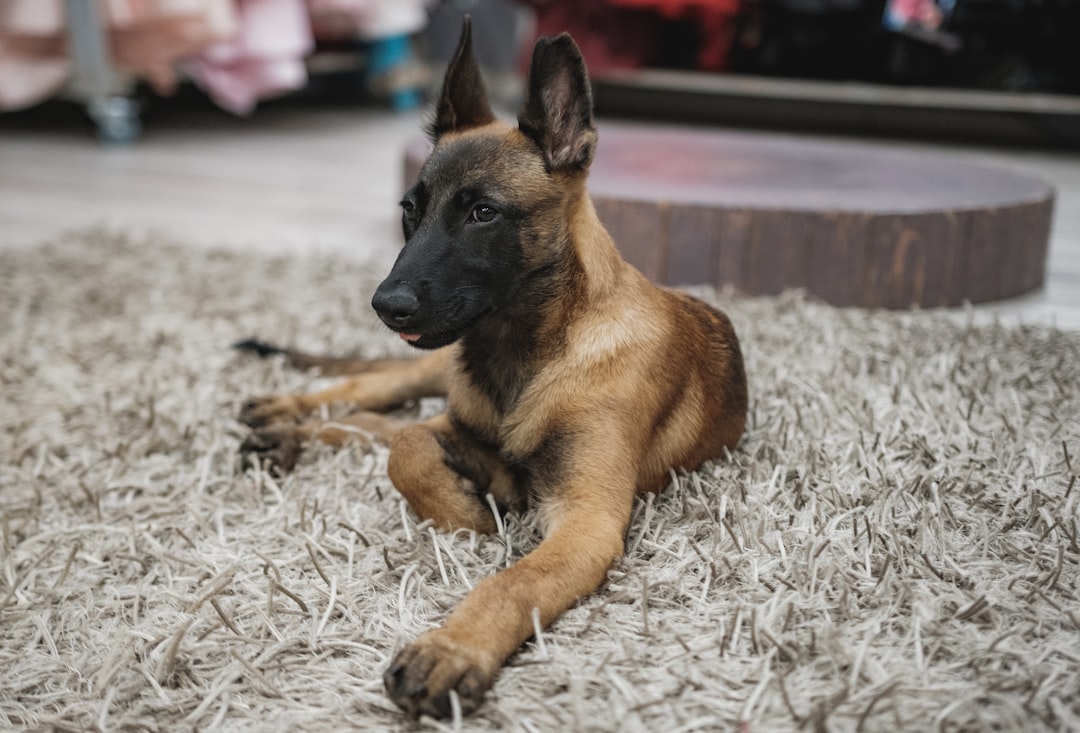
The Belgian Malinois is an intelligent, energetic breed well-suited to military and police work. These dogs are fiercely loyal and make exceptional watchdogs. Unfortunately, they aren’t the best choice for new pet parents.
They require strong leaders and extensive physical and mental exercise. Without the firm training and guidance of an experienced pet owner, they’re prone to neurotic and destructive behavior. Belgian Malinois are highly intelligent and energetic dogs, often used in police and military roles due to their work ethic and trainability. However, their high energy levels and need for constant mental and physical stimulation can be overwhelming for the average dog owner. Without proper outlets for their energy, they can become destructive and difficult to manage.
This superior working dog used both as a police and military working dog is for only ‘serious operators’. They are highly energetic and require an active lifestyle to stay healthy. Think of them as the overachiever who makes everyone else look lazy – except they’re living in your house and expecting you to keep up with their relentless energy.
Border Collie – The Genius Who Gets Bored Easily
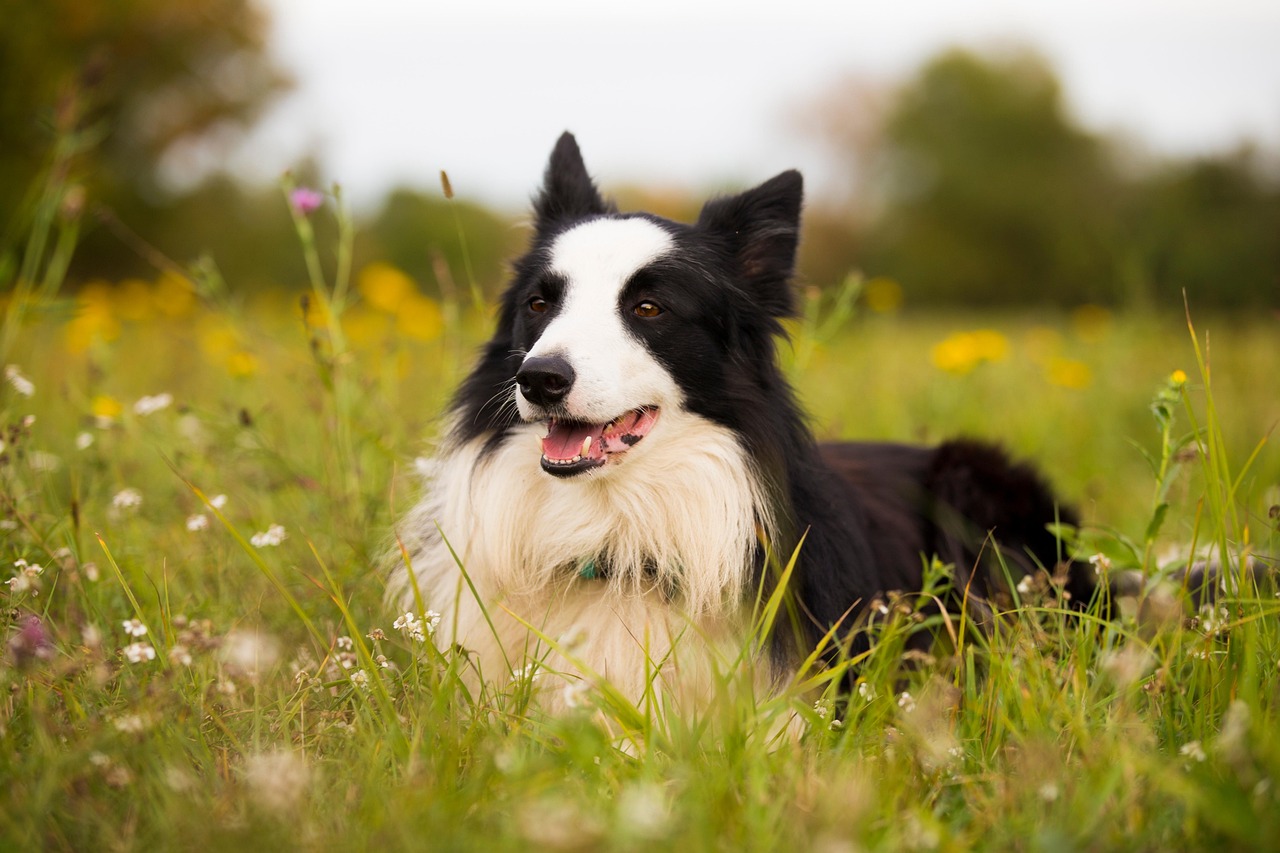
Border Collies are extremely intelligent and bursting with energy. These qualities make them exceptional workers. Unfortunately, they also lead to plenty of mischief when there is no job to be done.
These dogs are best suited to country life and do not do well as urban apartment dwellers because of their intense need for physical activity. Natural herders, Border Collies are prone to nipping at peoples’ heels. They’re loyal and affectionate with their owners but tend to be standoffish or snappy with strangers.
Border Collies require high levels of mental and physical stimulation. They are typically intelligent and energetic and excel at tasks like herding or obedience. Without proper exercise and mental stimulation, they can become bored, develop behavioral issues, or exhibit destructive behaviors. Imagine having a brilliant child who finishes their homework in five minutes and then spends the rest of the day finding creative ways to dismantle your house.
Basenji – The “Barkless” Drama Queen
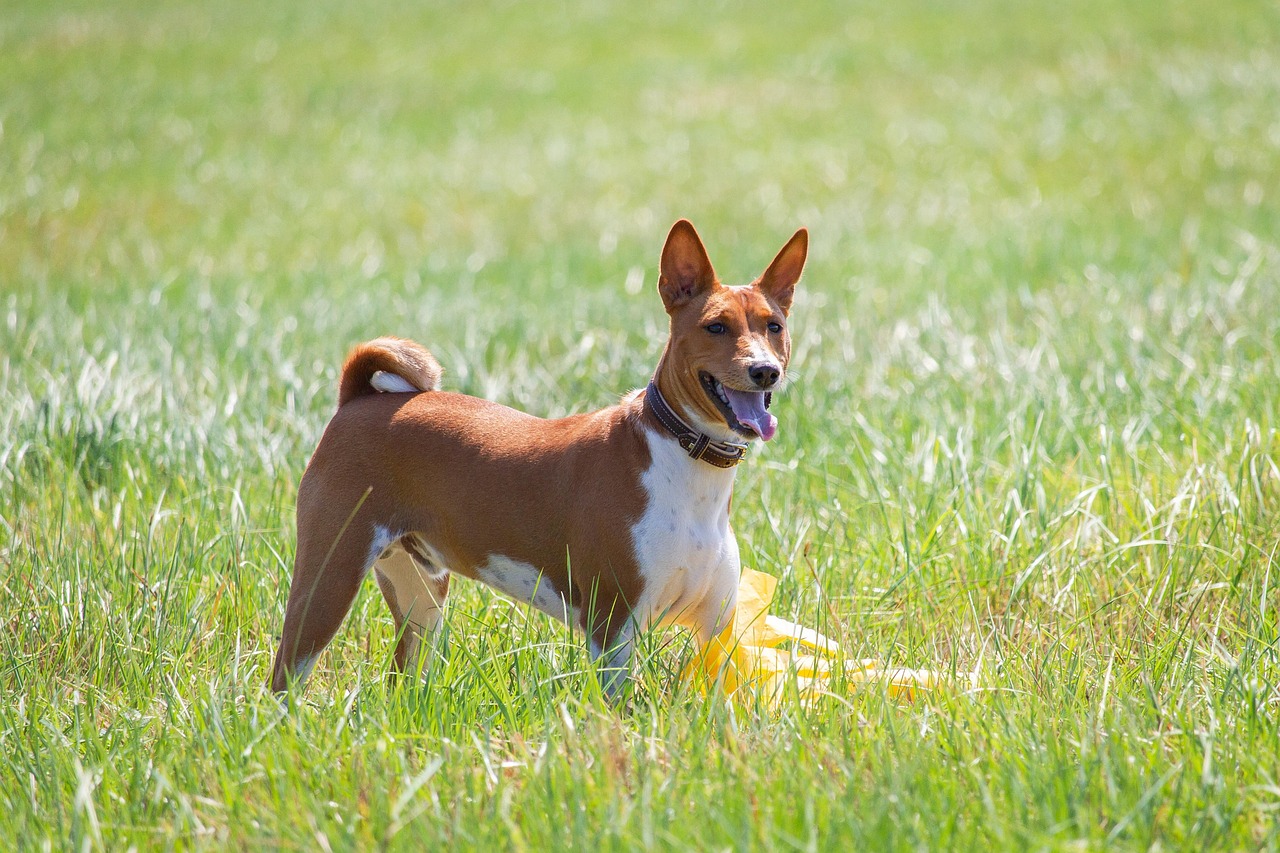
Even the American Kennel Club is frank in the description of this breed, describing it as ‘independent and aloof with a preference to meet strangers on his own terms’. This breed is often sought because it’s claimed to be ‘barkless’. However, there is a price to pay to trade for this trait.
Basenjis are known for their sweet faces, curled tails, and being the “barkless dog,” but they are also known for being hard to train. Basenjis were bred as hunting dogs in Africa, expected to work without human interference. They are independent, cat-like in temperament, and intelligent, but often lack the desire to please their owners, despite being loyal to them. Basenjis also have a short attention span, meaning any training sessions must be brief, or they’ll get bored and disengage.
The breed was used for hunting in Central Africa, often working solo, completely out of the sight of hunters. This made the breed quite independent and resembled more a cat than a dog. It lacks that special eagerness to please its masters, so typical of dogs. They might not bark, but they’ll find plenty of other ways to voice their opinions about your life choices.
Rottweiler – The Gentle Giant With Authority Issues
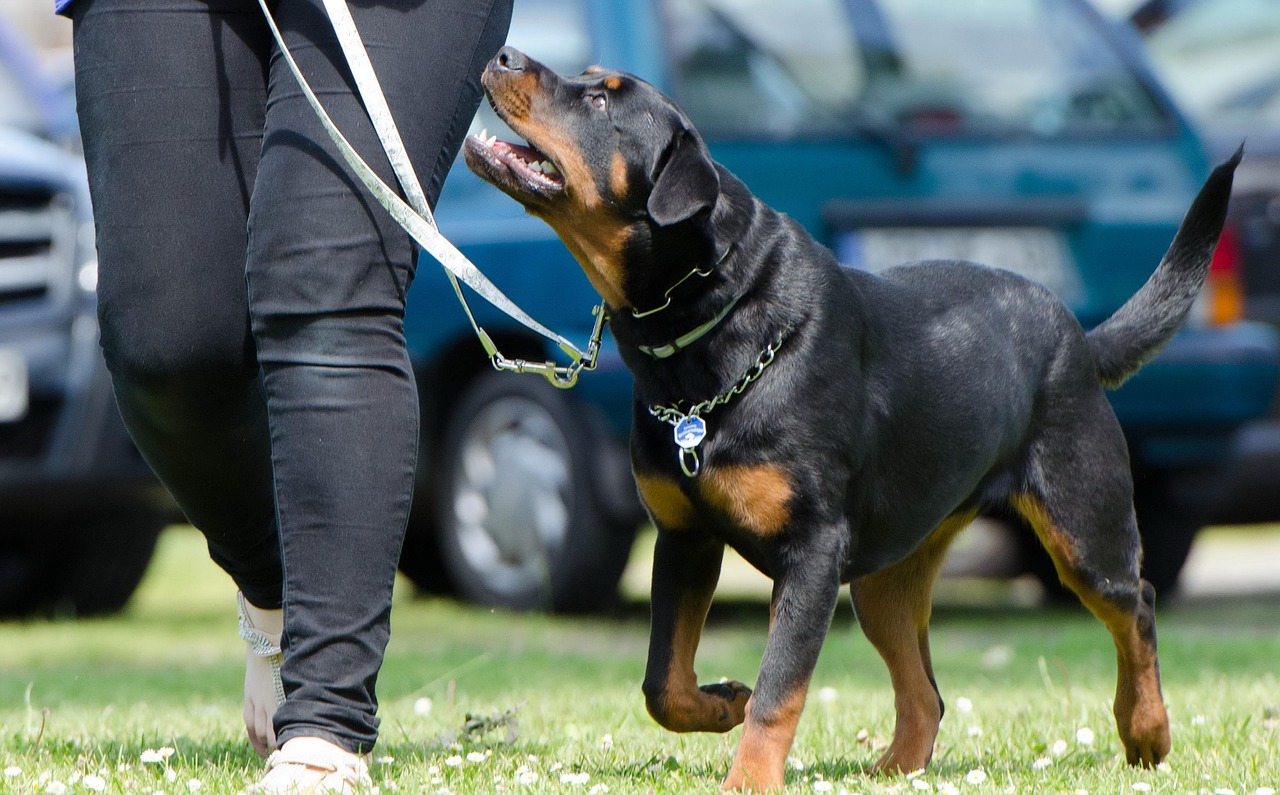
Although he can be a gentle giant, the wrong Rottweiler with the wrong owner can truly be a scary dog. A Rottweiler wants someone to be the boss, and if you’re not taking the job, he will. He’s powerful and protective, and known for being extremely loyal when it comes to his people and his property. Considering he can weigh as much as 135 pounds (and most of it muscle), he can generally back up his threatening growl.
These dogs are also very strong and, like other large dogs, can usually easily overpower their humans. Much like Chow Chows, Rottweilers are strong-willed and may try to assert their dominance if their owner is not assertive.
Rottweilers are powerful dogs with a strong will to work. They are incredibly loyal to their families and can be protective, which requires careful socialization and training from a young age. Having a Rottweiler is like having a bodyguard who decides for themselves what constitutes a threat – and that might include the mailman, the pizza delivery person, or your neighbor’s cat.
Afghan Hound – The Supermodel With an Attitude
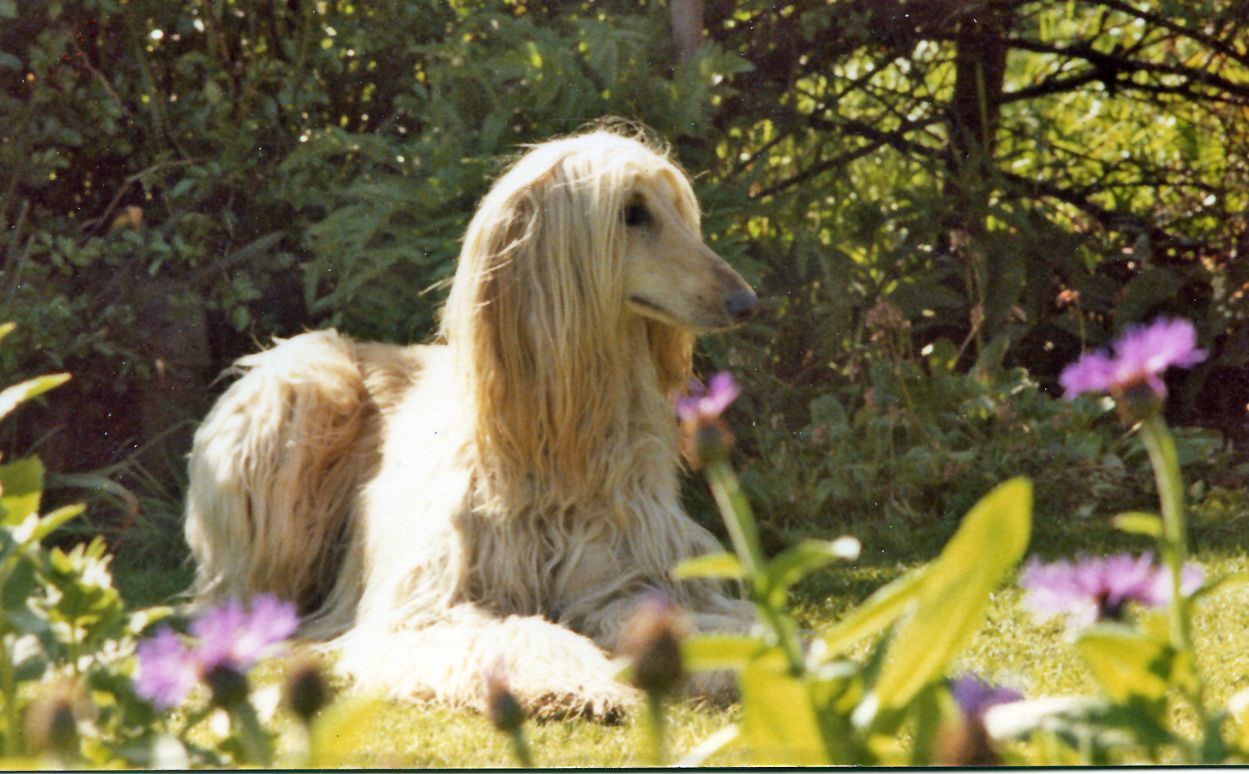
With its long, flowing coat, elegant limbs and regal beauty, the Afghan Hound is a striking animal. They’re highly intelligent, sensitive and (like many hounds) fiercely independent. AKC advises they’re a special breed for special people.
Another challenging aspect of training an Afghan Hound is their sensitivity. They quickly pick up on negative emotions or harsh corrections. If you become overly frustrated, they might shut down or lose interest altogether. Positive reinforcement, treats, and praise are absolutely critical with this breed.
A dignified dog with a true sense of independence, the Afghan Hound is also known for their exquisite and imperial look. This particular stubborn breed was originally a hunting breed used in the challenging terrain of the mountains of Afghanistan. They are known for their prudent decision-making and actions in any demanding situation without the commands of humans, which is why the Afghan Hound is considered one of the most stubborn dog breeds on the list.
Alaskan Malamute – The Sled Dog Who Thinks Your House is the Arctic

Traditionally bred as sled dogs, Alaskan Malamutes are high energy and shed heavily. They can be prone to pulling on the leash, which is a safety concern with such a large, strong dog. Similar to other high-energy breeds, these dogs require a lot of exercise and can easily become bored. They are escape artists and will run away, given the opportunity.
Alaskan Malamutes are powerful, independent dogs bred for hauling heavy freight as sled dogs. They possess incredible strength and stamina, requiring ample exercise to prevent boredom and destructive behavior. Malamutes have a strong prey drive and a desire to roam, making them a challenge to keep contained.
They are known for being stubborn, making training a task that requires patience and consistency. Their thick coat also requires regular grooming. Malamutes are best suited for experienced dog owners who can provide the exercise, training, and attention these majestic dogs need. Living with a Malamute is like sharing your home with a wolf who’s convinced they’re still supposed to be pulling sleds across frozen tundra – and your backyard fence is just a suggestion.
Weimaraner – The Velcro Dog With Separation Anxiety
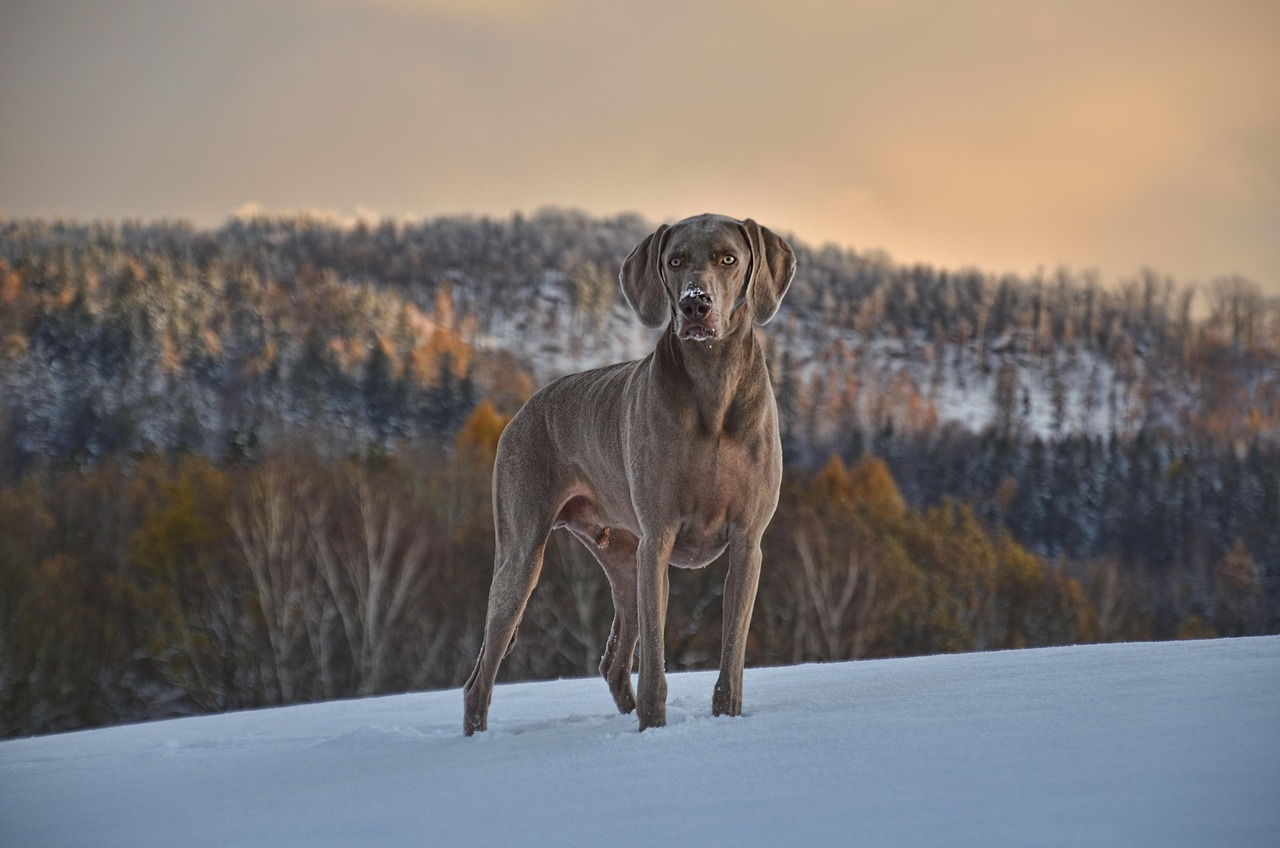
The “Gray Ghost” earned his nickname for his beautiful gray coat and habit of following his owner closely, but the highly intelligent Weimaraner isn’t the right dog for everyone. He’s extremely energetic with no “off” switch, and he’s not happy being left alone – separation anxiety can be a real issue with this breed. He can be difficult to housetrain and a hazard to cats and other small pets, but if you plan to spend many days hunting, hiking or doing obedience and agility with him by your side, you might have found your perfect companion.
Weimaraners are high-energy, intelligent hunting dogs that require significant physical and mental exercise daily. As hunters, they have a strong prey drive and may not be trustworthy off-leash until fully trained. They can also be shy or aloof with strangers if not extensively socialized from a young age. Weims are prone to separation anxiety without proper training.
Imagine having a shadow that weighs sixty pounds, never stops moving, and has the emotional stability of a teenager going through their first breakup every time you leave for work. That’s life with a Weimaraner who hasn’t learned to cope with alone time.
Conclusion

These challenging breeds aren’t inherently bad dogs – they’re just dogs with specialized needs that require experienced, committed owners who understand what they’re signing up for. The breeds listed are often considered among the most challenging to own, not because they lack in love or companionship, but because they demand more time, patience, and understanding from their owners.
Before falling for those adorable puppy eyes or striking coat patterns, honestly assess your lifestyle, experience level, and available time. Choosing the right dog requires honest reflection on your lifestyle, time, budget, and preferences. Sometimes the most loving thing you can do is choose a breed that matches your capabilities rather than your heart’s desire.
Remember, every dog deserves an owner who can meet their needs and help them thrive. What’s your experience level with challenging breeds? Have you ever been surprised by a dog’s demands that weren’t quite what you expected? Share your thoughts and stories – other potential dog parents could benefit from your real-world wisdom.

Gargi from India has a Masters in History, and a Bachelor of Education. An animal lover, she is keen on crafting stories and creating content while pursuing a career in education.






